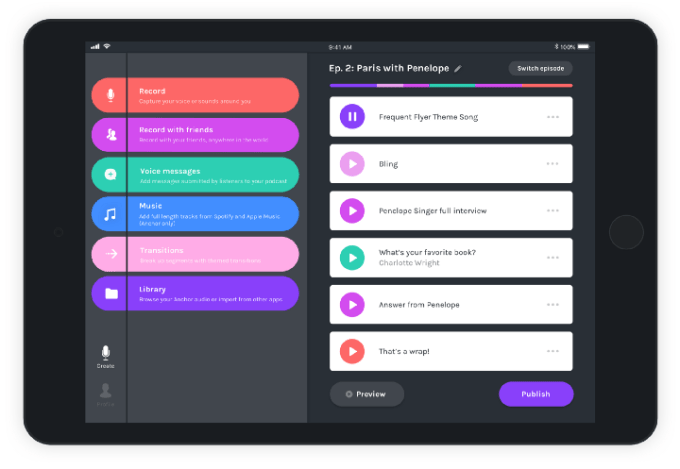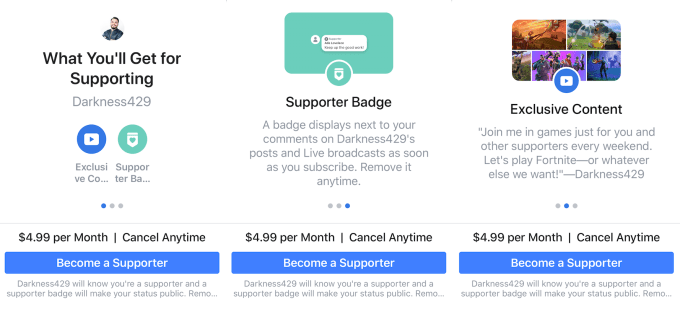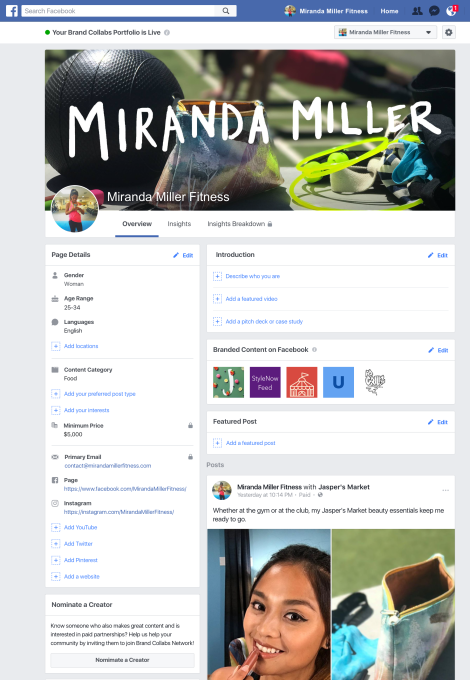From the earliest moments of boot camp, budding soldiers learn about entrepreneurship. They learn how to operate in unknown terrain, how to listen to signals and, perhaps most importantly, how to make things happen with extremely limited time and resources.
Yet, when soldiers return home following a deployment, the transition to civilian life can be jarring. Even with those valuable soft skills, there aren’t many obvious jobs in the private sector for a combat engineer or a fire support specialist. Perhaps even more challenging, according to Josh Carter, is their lack of connections. “The biggest thing that veterans are facing is network — they don’t have a big network,” he said.
Carter is working to change that situation through Patriot Boot Camp, a series of programs under the Techstars banner that gives veterans the tools and connections they need in order to launch a startup. The nonprofit, which was founded by Taylor McLemore, Congressman Jared Polis and Techstars founder David Cohen, hosts multi-day “boot camps” in cities across the country that are designed to quickly immerse participants into the life and thinking of startups. Since its founding in 2012, the program has held nine boot camps in cities like San Antonio, DC and Austin, with its next program in Denver later this year.
Carter’s own experience making the transition from the navy to the private sector is telling. He joined the service when he was 17 in the mid-90s, and over the following three years, traveled to 30 countries. The experience matured him, he explained, and on his return, he joined the telecom industry, starting his career climbing poles and eventually joining Twilio as an escalation manager and early employee. Twilio changed Carter’s life, encouraging him to pursue startups as his own career. “During that time I really got the bug to create something,” he said.
He tried to build his own startup called Brightwork, which was a developer microservices API founded in 2015. The company went through Techstars Chicago, and Carter was hoping to build the kind of company he had seen at Twilio. But growth challenges early on proved insurmountable. “We were really struggling to figure out our target market and struggling to find investors, so it just sort of died,” he told me.
During this period, Carter had been participating in Patriot Boot Camp’s programs, and liked what he saw. Following the dissolution of Brightwork, he eventually joined the program as an executive, first as chief operating officer last November, and then as interim CEO earlier this year when his predecessor, Charlotte Creech, stepped down to join USAA.
Carter has big ambitions for the program. While today the boot camp has been focused on one-two multi-day events per year, he wants to build the program into a full-fledged growth accelerator that would target startups in addition to budding entrepreneurs. He also hopes to increase the number of boot camps per year to three. He’s also investigating raising a fund, now that there is a cohort of more than 750 entrepreneurs who have gone through the program. Ultimately, his goal is to “build better founders” and give them the resources they need for victory.
One aspect of the program that I found interesting is that it isn’t just limited to veterans, but includes military spouses as well. Networks are incredibly important for founders, and Carter points out that spouses have “this special tenacity about them” and need to know “how to build a network quickly in a town where she knows nobody.” They often face just as much challenge in returning to life outside the base as the veteran themselves, and startups could prove to be an important avenue to make that transition.
As its numbers and successes swell, Patriot Boot Camp hopes that it can serve as a beacon for soldiers returning home, telling them that startups aren’t the sort of crazy risk that they first appear. Indeed, after what many of these men and women have just been through, it may not be all that daunting of a next mission after all.













 But Vine proved that six-seconds can be enough to convey a subtle marketing message. A startup called Niche rose to arrange deals between creators and brands who wanted a musician to make a song out of the windows and doors of their new Honda car, or a comedian to make a joke referencing Coca-Cola. Twitter eventually acquired Niche for a reported $50 million so it could earn money off Vine without having to insert traditional ads. [Disclosure: My cousin Darren Lachtman was a co-founder of Niche.]
But Vine proved that six-seconds can be enough to convey a subtle marketing message. A startup called Niche rose to arrange deals between creators and brands who wanted a musician to make a song out of the windows and doors of their new Honda car, or a comedian to make a joke referencing Coca-Cola. Twitter eventually acquired Niche for a reported $50 million so it could earn money off Vine without having to insert traditional ads. [Disclosure: My cousin Darren Lachtman was a co-founder of Niche.]